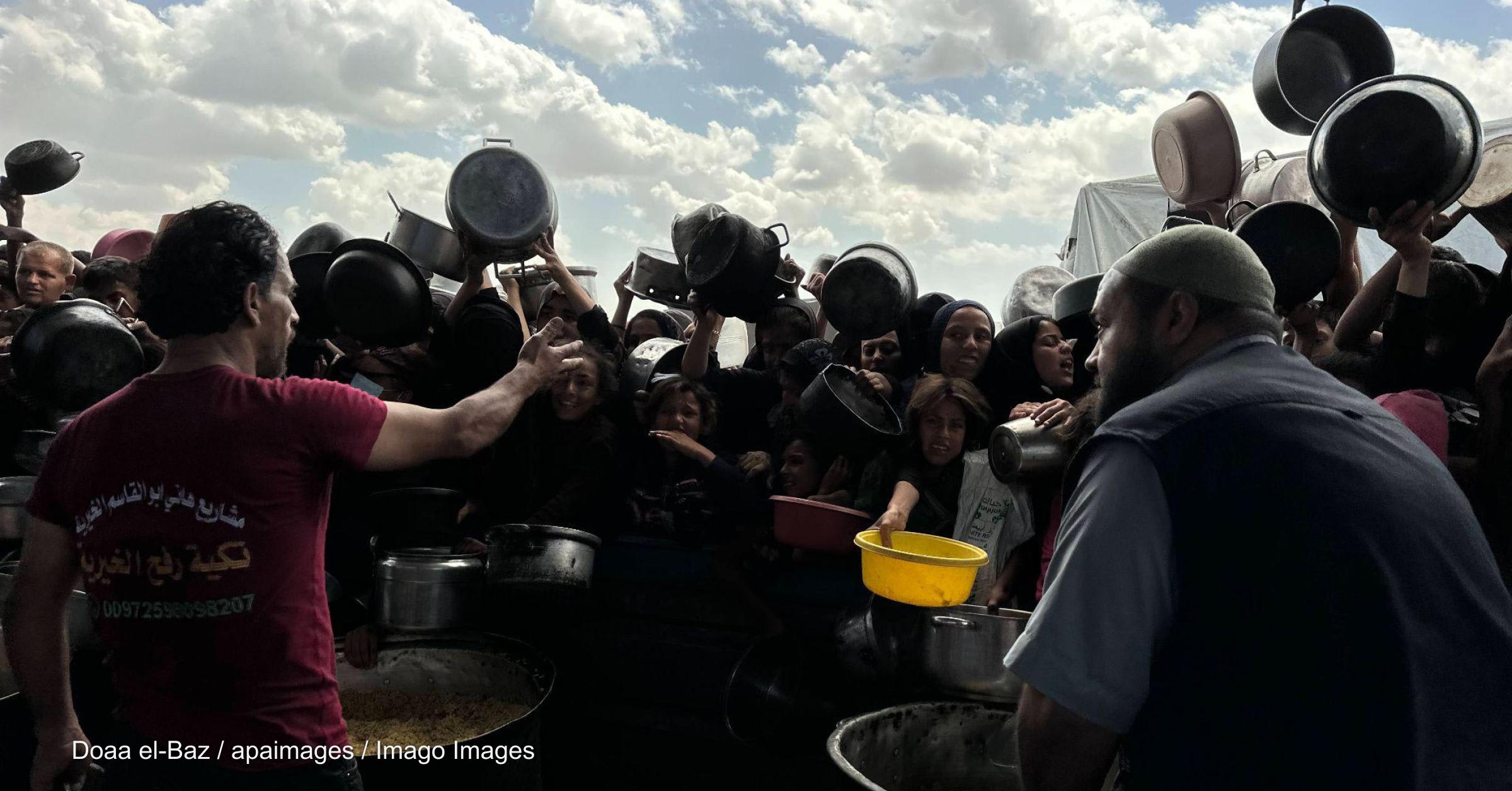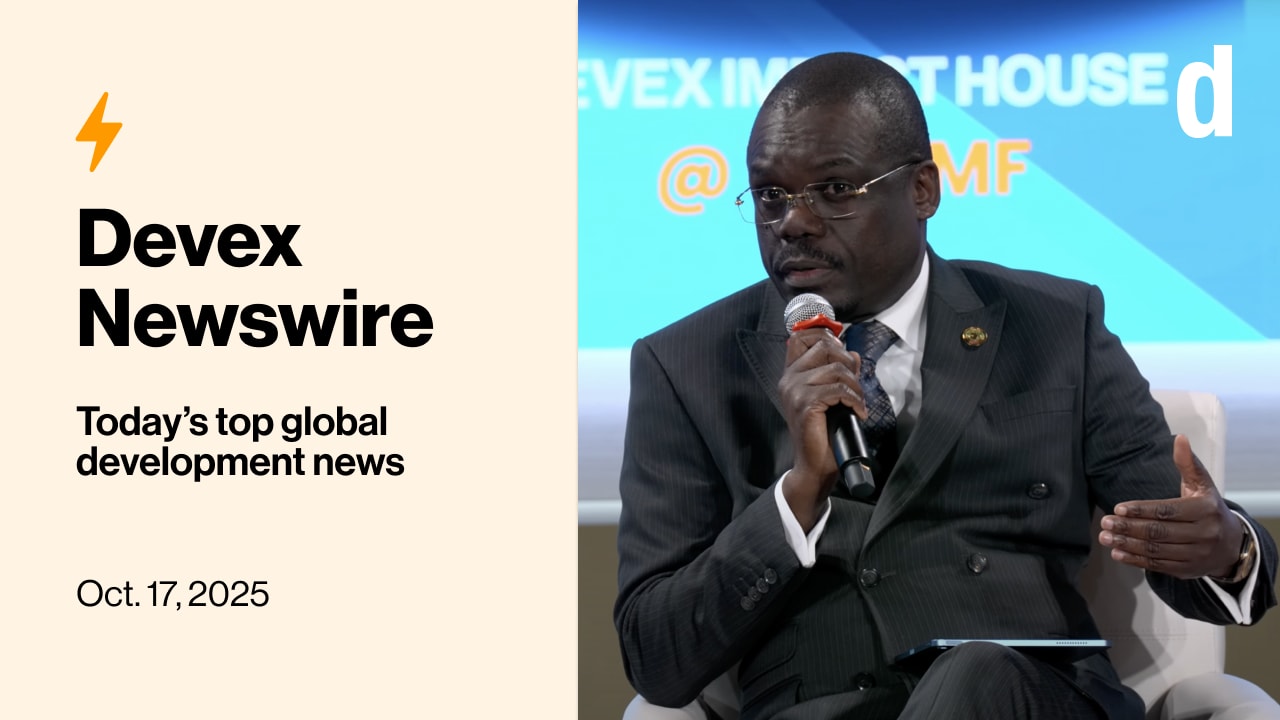UN cuts funding request for Zamboanga conflict by 48 percent
The action plan for the Zamboanga conflict has received little support from donors. With the revised plan — and significantly lower requirements — will donors heed the clarion call?
Earlier this year, the U.N. Office for the Coordination of Humanitarian Affairs called the months following the Zamboanga conflict in the Philippines the “forgotten crisis in the shadow of [Typhoon] Haiyan.” It is an apt depiction. The 20-day fighting between a faction of the Moro National Liberation Front and the Armed Forces of the Philippines in Zamboanga last September left at least 140 people dead, destroyed more than 10,000 houses and displaced an estimated 118,800 people, according to the plan of action OCHA published last month. And yet, very little funding has been received since around $25 million was requested in October last year, according to Luiza Carvalho, U.N. resident and humanitarian coordinator for the Philippines. This has stagnated the rehabilitation process for those who have yet to find durable solutions to their displacement. To evaluate the early recovery needs, a workshop was held in the city of Zamboanga in mid-March, which resulted in a revised Zamboanga Action Plan. Endorsed by the United Nations’ humanitarian country team in the Philippines, the revised plan aims to complement the government’s own recovery efforts in the city. It also cut the funding request by a significant 48 percent: from $24.6 million in 2013, humanitarian partners are now seeking to raise just $12.8 million in targeted assistance over a six-month period, or from March to August 2014. Under the revised action plan, all but one of the 12 clusters received cuts in their allocations: The funding request for the health cluster remained at $1.5 million. But logistics, and camp coordination and camp management lost 60 percent and 70 percent of their original planned budgets, respectively. Understandably, nine months after the conflict, the request for the early recovery cluster was struck out from the revised plan. The funding request for the shelter cluster, meanwhile, was reduced 56 percent. While the Philippines’ Protection Cluster reports that around half of the internally displaced people have returned to their places of origin, more than 64,600 IDPs — 26,550 people in seven evacuation centers and five transition sites, and 38,050 people in host communities — remain vulnerable and in need of urgent humanitarian support. This confirms figures from an earlier Internal Displacement Monitoring Center report, which also noted that the Philippines was among the 12 countries with the highest new conflict-induced displacement in 2013. Local and national authorities have been implementing the Zamboanga City Roadmap for Recovery and Reconstruction with the aim of providing more durable solutions to housing and infrastructure concerns caused by the conflict. But the Z3R plan, which started in January this year and will be implemented until June 2015, does not adequately address the needs of most IDPs housed in evacuation centers, many of whom come from minority communities and largely depend on the sea for a living, according to OCHA. The latest data from OCHA’s Financial Tracking Service shows that donors have contributed a little more than $5.4 million to the Zamboanga Action Plan. While this covers 43 percent of the revised funding request — and 22 percent of the 2013 requirements — there remains a shortfall of nearly $7.4 million. The U.N. Central Emergency Response Fund ($3 million), Japan ($1.6 million) and the European Commission ($400,000) accounted for the bulk of contributions, which were then used to provide immediate humanitarian assistance and food for around 120,000 people during the first three months of the crisis. Do you think donors will increase their contributions to the revised plan? Let us know by leaving a comment below. Check out more practical business and development advice online, and subscribe to Money Matters to receive the latest contract award and shortlist announcements, and procurement and fundraising news.
Earlier this year, the U.N. Office for the Coordination of Humanitarian Affairs called the months following the Zamboanga conflict in the Philippines the “forgotten crisis in the shadow of [Typhoon] Haiyan.”
It is an apt depiction. The 20-day fighting between a faction of the Moro National Liberation Front and the Armed Forces of the Philippines in Zamboanga last September left at least 140 people dead, destroyed more than 10,000 houses and displaced an estimated 118,800 people, according to the plan of action OCHA published last month.
And yet, very little funding has been received since around $25 million was requested in October last year, according to Luiza Carvalho, U.N. resident and humanitarian coordinator for the Philippines. This has stagnated the rehabilitation process for those who have yet to find durable solutions to their displacement.
This story is forDevex Promembers
Unlock this story now with a 15-day free trial of Devex Pro.
With a Devex Pro subscription you'll get access to deeper analysis and exclusive insights from our reporters and analysts.
Start my free trialRequest a group subscription Printing articles to share with others is a breach of our terms and conditions and copyright policy. Please use the sharing options on the left side of the article. Devex Pro members may share up to 10 articles per month using the Pro share tool ( ).
Anna Patricia Valerio is a former Manila-based development analyst who focused on writing innovative, in-the-know content for senior executives in the international development community. Before joining Devex, Patricia wrote and edited business, technology and health stories for BusinessWorld, a Manila-based business newspaper.








